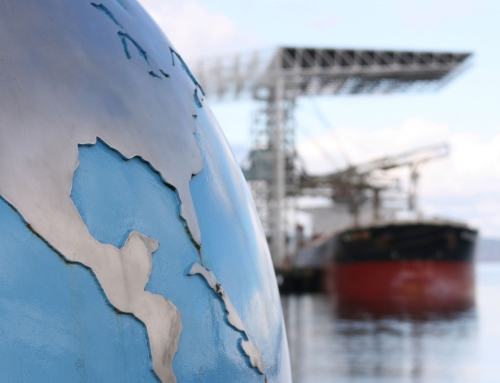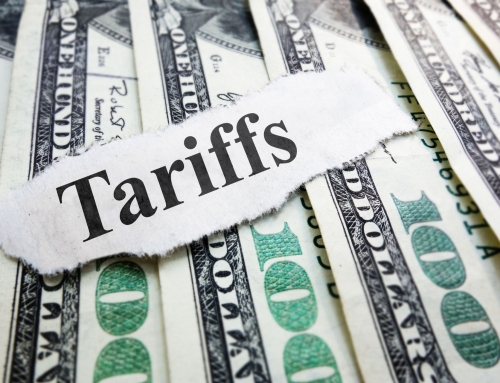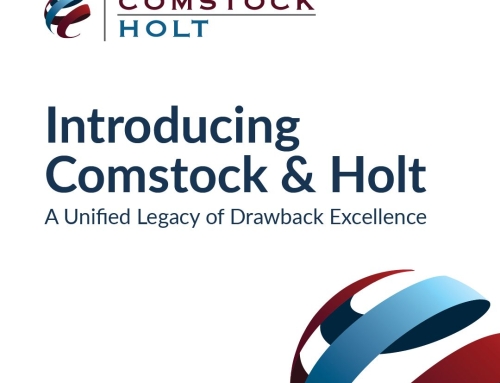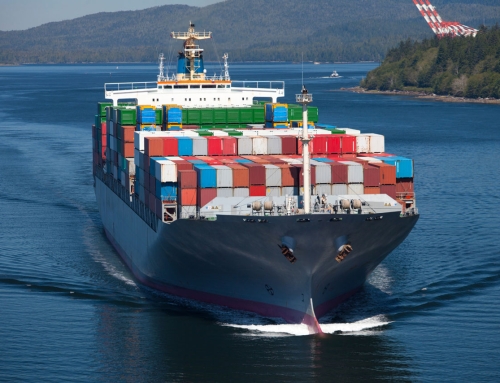The Trade Facilitation and Trade Enforcement Act (TFTEA) placed new requirements on drawback claimants filing under the provisions of section 1313(b) substitution manufacturing drawback. The substituted merchandise used in producing the exported product must be classifiable under the same 8-digit HTSUS subheading number as the designed imported merchandise. Also, the amount of drawback that can be claimed is equal to 99% of the lesser of (a) the amount of duties, taxes, and fees paid with respect to the imported designated merchandise, or (b) the amount of duties, taxes, and fees that would apply to the substituted merchandise if the substituted merchandise had been imported.
Although substitution based upon HTS classification is less restrictive than the previous “same kind and quality” standard of comparison, the new “lesser of” calculation requirement can significantly alter the amount of refund that you can claim. We were concerned when the Notice of Proposed Rule Making (NPRM), published in August 2018, stated that the value of the substituted merchandise was to be the cost of acquisition or production for the manufacturer or producer who used the substituted merchandise in manufacturing or production. Acquisition or production cost could be determined in situations where the substituted merchandise was uniquely identified by batch, lot, serial number or some other means, but would be impossible to determine in situations where the merchandise was commingled in inventory.
We are happy to report that CBP agreed with our comments addressing this issue and has expanded the wording in section 190.11(d) of the newly published final drawback regulations to allow for the use of other generally accepted accounting principles to ascertain the cost or value of the substituted merchandise. These costs must be based on records kept in the ordinary course of business, and any inventory management methods used for this valuation must be used without variation with other methods for a period of at least a year.
We want to thank all of those who submitted comments on the NPRM regarding this issue, and we will begin working with our clients to obtain this additional data element to enable us to prepare and file claims under these new drawback regulations. All substitution manufacturing drawback claims filed after February 24, 2019 must conform to these additional requirements.






